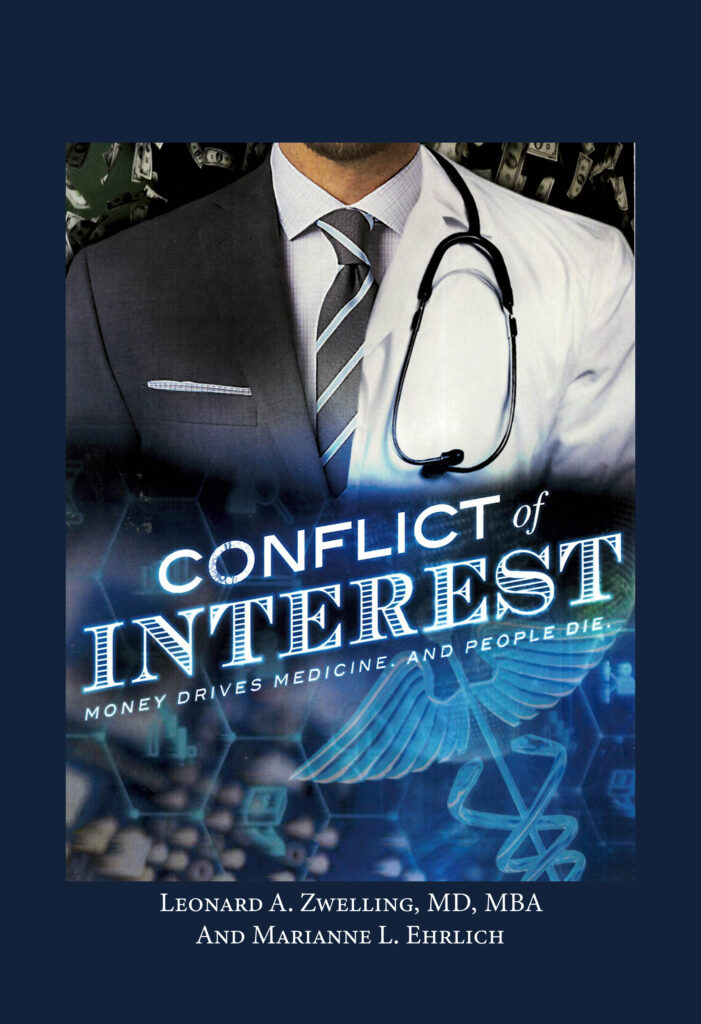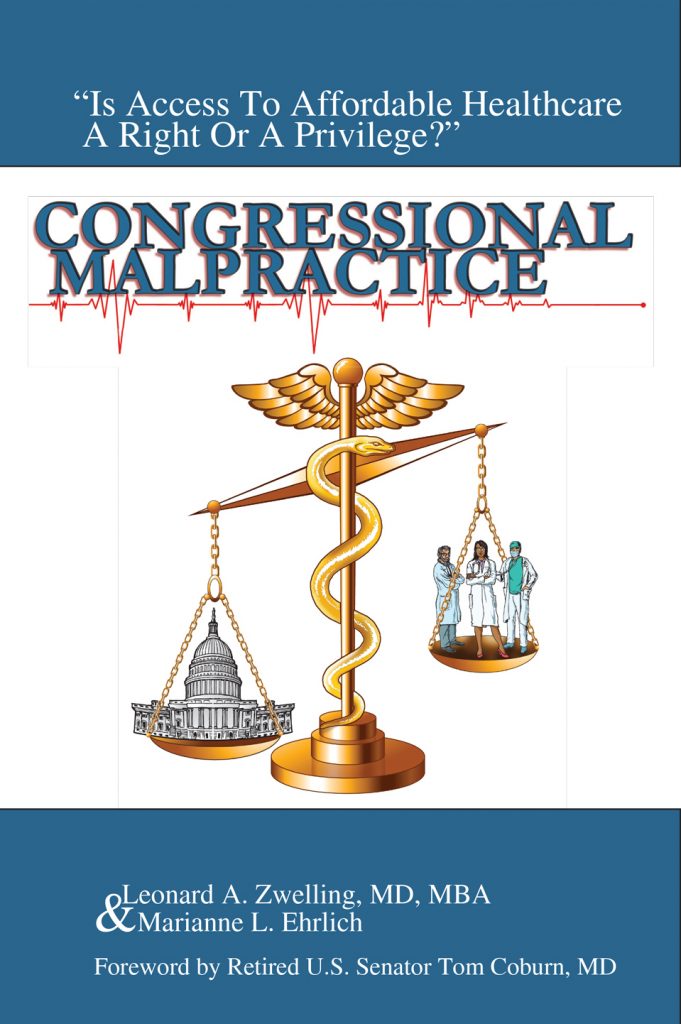Cost
By
Leonard Zwelling
Most people are quick to note the price of anything whether a good or service especially if they are being asked to pay for it. But price is not the only critical issue in determining whether or not any commercial venture seeking recompense for a good or service will be successful. Price is only important as it relates to the cost of producing the good or service and that differential is determinative of the business’s strategy to compete and its ultimate success. The difference between cost and price is profit.
The famous Harvard strategist Michael Porter is famous for creating a four-box model of competitive strategy. It was drummed into our heads in business school and is still applicable.
Picture a two-by-two grid.
One axis is market size. One company can be a broad market competitor or a niche market firm. On the other axis is low-cost leader vs. product differentiation strategy implying a more specialized, higher cost product.
The goal is to drive your business deeper into a corner of the grid. These are the corners.
But first let’s give our grid a name—automobiles. In the box labelled broad market/low-cost leader might be the Toyota Camry. The broad market/product differentiation candidate would be a Lincoln Navigator. These two car models would have very different prices meeting the desires of very different consumers and a lot of the price would be determined by the cost of making the car.
The niche market/low-cost leader might be the Ford Mustang, while the niche-market/product differentiation model would be a Ferrari. Again, different strokes for different folks. There is money to be made in all four boxes. You get the point.
Now let’s pick a new category—hospitals.
The broad market/low-cost leader is probably a community hospital but could be Memorial Southwest. The broad market/product differentiator would be Methodist. The niche market/low-cost leader would be any local cancer center. Let’s say Kelsey-Sebold. The niche market/product differentiator is MD Anderson. Thus, by definition, MD Anderson is going to have a higher cost structure. The technology is expensive. The people are expensive, especially the faculty. The air conditioning is expensive for all the buildings and research is expensive and not what many other hospitals have to do to maintain their unique mission.
Often during my tenure in the administration and before, alarm bells would go off in the president’s office at MD Anderson. We were losing money. Well, could you actually tell that from the financial statements which tended to present data comparing actual revenues and expenses vs. projections which is, frankly, pretty meaningless? What you want to know is how much you spent vs. how much you made. Cost vs. revenue, the latter determined by price and actual incoming dollars which in health care is related to but not identical to price because all real prices on the charge master are negotiated—down unless the patient is paying cash.
So, if you happen to hear that once again MD Anderson is “losing money” or “behind” ask the following questions.
What is being spent and on what?
How many new administrators have been hired who generate no revenue vs. how many new faculty—especially clinical faculty (who generate the big dollars) because the first move by the leaders of MD Anderson whenever there’s a budget crunch is to work the clinical faculty harder to bolster revenue rather than decrease costs.
My understanding is that there are in excess of 23,000 people who work at MD Anderson. Before the leadership proposes to work the minority of them (the clinical faculty) harder, perhaps the leadership ought to review exactly what the non-faculty are actually producing and ask the most basic question of all.
What’s my cost vs. my revenue and who’s generating the revenue?
The answer to that question might engender a different solution than asking the clinical faculty to see more patients.





2 thoughts on “Cost”
After reading your reflection on hospital costs and productivity, I walked out into our forest and saw an old red oak. So majestic in its years. But, now the brown tail caterpillars have multiplied and invested it. They are parasites that will eventually kill the production of acorns by the grand oak.
Nature mimics what too many administrators can do to the “mighty oaks” of medicine who do the clinical work at our major medical centers. Too many parasites kill the tree! Even the mighty oaks!!
Exactly! LZ